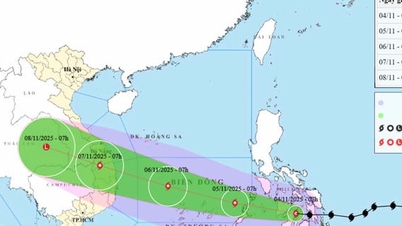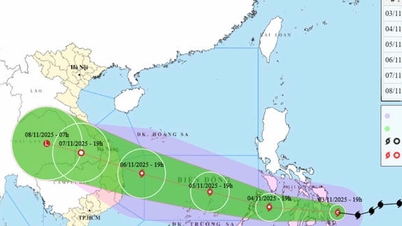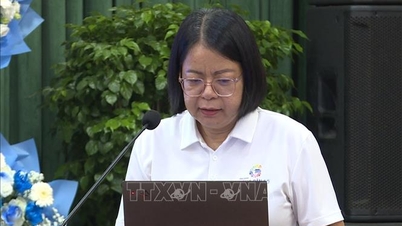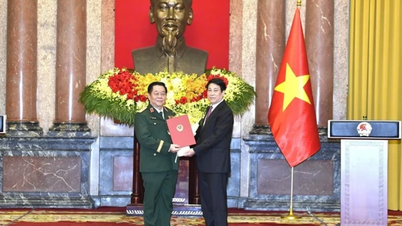Increasing tobacco tax at a moderate level and over a long period of time is considered not to have a significant impact on the rate of use as well as the budget revenue. Practice in Vietnam in the period from 2008 to present has shown that.
Specifically, Vietnam has adjusted the special consumption tax (SCT) on tobacco three times: in 2008 from 55% to 65%, in 2016 from 65% to 70%, and in 2019 from 70% to 75%. However, each increase has a low amplitude, only from 5% to 10%. Therefore, the impact on reducing tobacco consumption is very limited.
Cigarette consumption data shows that consumption only decreases in the year of tax increase, then quickly increases again in the following years. For example, in 2006, when the Government adjusted from three tax rates to a single rate, consumption decreased that year, but increased in 2007. In 2008, the tax increased from 55% to 65%, consumption decreased, but in 2009 it increased again. In 2016, it increased to 70%, consumption decreased slightly, but then increased again in 2017 and 2018. Similarly, in 2019, it increased to 75%, consumption decreased slightly, but increased sharply in 2020 and 2021.
Data from the 2024 Statistical Yearbook and the Tobacco Harm Prevention Fund also show that total tobacco output (including domestic consumption and exports) is still increasing in the period 2008 - 2023.
Regarding budget revenue, although tobacco tax revenue increased after each adjustment, the increase was not high. In 2008, budget revenue increased by VND1,200 billion; in 2016, it increased by VND1,000 billion; and in 2019, it increased by only VND633 billion. These figures show that low tax increases only bring modest financial efficiency.
One of the reasons why tobacco tax policy is not effective is because the price of tobacco is getting "cheaper" compared to people's income.
According to analysis by the World Health Organization (WHO) based on data from the General Statistics Office, in the period from 2010 to 2022, the average income per capita in Vietnam increased by 203% (from 31.5 million VND to 95.6 million VND), while the price of a pack of the most popular cigarettes (Vinataba) increased by only 56% (from 14,000 VND to 21,900 VND/pack).
Analyzing the purchasing power of cigarettes using the index of “cigarette prices as a percentage of national income per capita” shows that: in 2000, people had to spend 11.43% of their income to buy 100 packs of Vinataba, but by 2021 they only had to spend 1.36%. Increasing purchasing power and decreasing real prices make cigarettes more accessible, especially for young people and low-income people. This is a worrying issue in the context of Vietnam's goal of reducing tobacco use and limiting health consequences.
WHO warns that if the excise tax is not adjusted sufficiently and regularly, Vietnam will find it difficult to control the increasing tobacco use, directly affecting the ability to implement national targets on tobacco harm prevention and control by 2030, as well as the commitment to achieving the Sustainable Development Goals (SDGs) related to health.
Therefore, WHO recommends that Vietnam should reform its tobacco tax system by adopting a mixed tax system - adding a specific tax in addition to the current percentage tax. The specific tax should be applied early, starting from 2026, at no less than VND5,000/pack and gradually increasing to at least VND15,000/pack by 2030.
Increasing tobacco taxes at a sufficiently high level, with a clear and urgent roadmap, will help Vietnam effectively reduce tobacco consumption, protect public health, and increase budget revenue to invest in social security and health programs, towards sustainable development.
Source: https://baophapluat.vn/khong-tang-manh-thue-thuoc-la-viet-nam-kho-dat-muc-tieu-suc-khoe-cong-dong-post548060.html




![[Photo] Government holds a special meeting on 8 decrees related to the International Financial Center in Vietnam](https://vphoto.vietnam.vn/thumb/1200x675/vietnam/resource/IMAGE/2025/11/04/1762229370189_dsc-9764-jpg.webp)





























































































Comment (0)